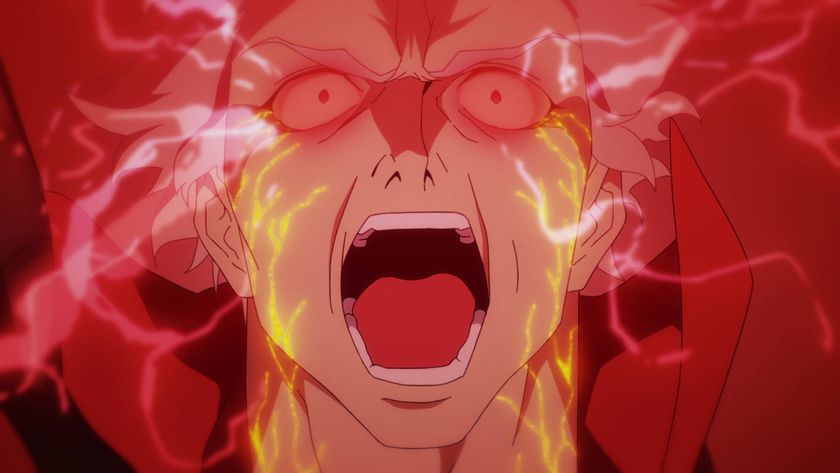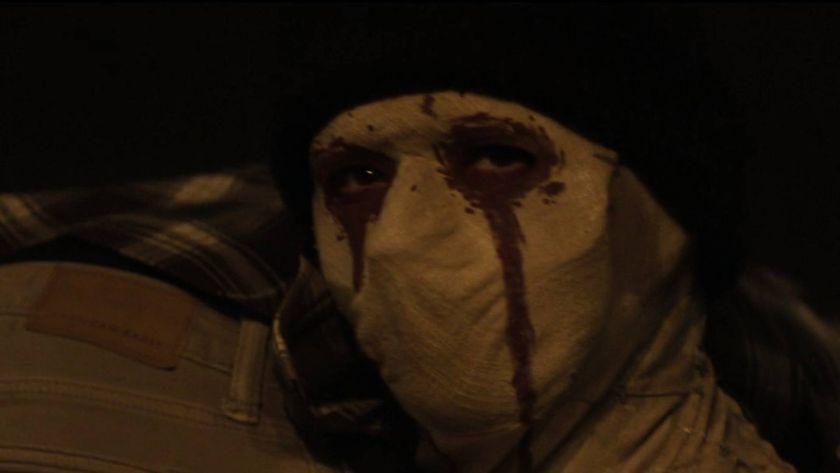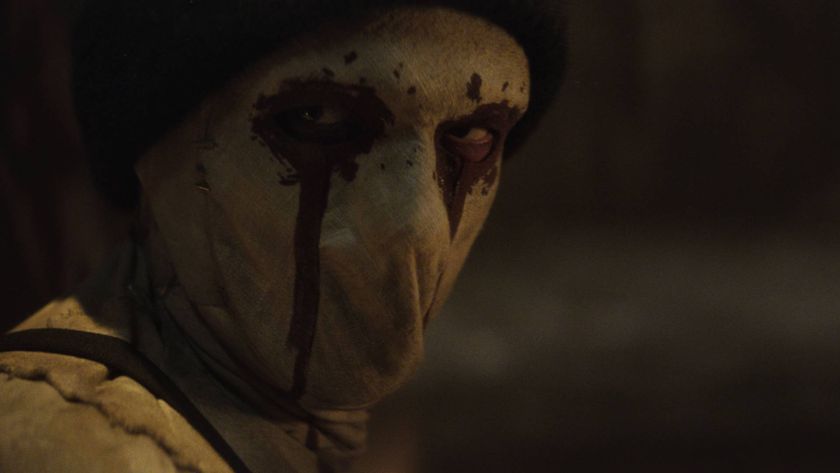
After 35 years, Madhouse is showing no sign of slowing down, as Andrew Osmond discovers when he pays the studio a visit…
According to the disambiguation page of the Wikipedia website, Madhouse can be a Vincent Price movie, a song by the thrash metal band Anthrax or a double One score in darts. The anime studio Madhouse, though, can’t explain why it chose its monicker 35 years ago. “Many people say different things,” laughs Madhouse COO Yukiko Futakata. “So we can’t give the official reason!” Maybe it’s enough that the name got the studio noticed as the force behind reams of anime, stretching the medium and increasing its appeal through titles such as Highlander: The Search for Vengeance, Death Note and Paprika.
For an example of how Madhouse pushes the envelope, take one of its biggest projects of the moment, the film Yona Yona Penguin. It’s not only a CGI movie aimed at all ages but an international co-production directed by anime giant Rintaro, the director of Metropolis. With over forty years’ anime experience, Rintaro is making the film in collaboration with Paris-based Denis Friedman Productions. One of the mysteries of Yona Yona Penguin is whether, in fact, it features penguins like numerous CGI cartoons of late. So far, we know the main character is a little girl and the film deals with her magical adventures with two other children in an underground world. Madhouse describes the film as a heart-warming fantasy tale with three little protagonists, each of them frail, but who come to find friendship and courage for the first time in their lives.
For anyone fearing an anime Happy Feet, Futakata stresses that the CGI Yona Yona Penguin will still apply Japanese 2D animation methodology and approaches developed over anime's long history, in order to make a movie very different in concept and execution from Pixar or Dreamworks' CGI animation. Futakata says, “One of Rintaro’s motives is that he wants to make a CGI movie but a Japanese CGI movie. We want to show how much the 2D animation techniques and tastes will make a difference.”
A very different movie will be Red Line (see picture above), a cool, graphically brash car-race SF-action film set on an alien world. Its director is Takeshi Koike, who directed the sports-orientated “World Record” segment of Animatrix. In industry circles, Koike is known for the animated credits for Party7, a live-action film by maverick director Katsuhito Ishii, who himself handled the Character Design of the violent anime scenes in Kill Bill Volume 1. According to Futakata, Ishii wanted his friend Koike to make a movie so much he even wrote him the story.
On TV, Madhouse has four new series scheduled for October alone, which further demonstrate the company’s breadth. They include an anime of the online RPG Maple Story; the elegant-looking Mokke, a drama about two paranormal young sisters; Nougami Neuro, an eccentric-sounding supernatural show about a demon detective who eats mysteries (“Nougami” means roughly “biting into brain”); and Kaiji, on the perils of gambling. The gory fantasy Claymore has already aired in Japan, while British viewers are still waiting for the outrageous hardboiled actioner Black Lagoon.
These titles only scratch the surface of an intimidatingly busy schedule, as Total Anime witness when we’re whisked on a tour of Madhouse, all cluttered workstations and monitors glowing softly in dark rooms, though the studio retains real paint for some projects. The reps apologize for not letting us stop for fear of seeing something secret, but we can report that Satoshi Kon’s work space is decorated with life-size versions of Maromi, that horrid creepy dog from Paranoia Agent.
Sign up to the SFX Newsletter
Get sneak previews, exclusive competitions and details of special events each month!
On the one hand, Madhouse’s work encompasses emotionally delicate films such as the recent The Piano Forest (about a boy who finds, yes, a piano in a forest) and The Girl Who Leaped Through Time. But the studio also deals with uncompromisingly way-out fare such as the forthcoming Yuka and her Claws, a story of a girl-monster by Mind Game director Masaaki Yuasa, which we’re especially anticipating.
Naturally, Madhouse has had to glow to accommodate all this work. It expanded into its current premises (several floors of a high-rise Tokyo building) three years ago. It’s changed in business terms, too - an investment by a corporation called Index in 2004 enabled Madhouse to be more proactive, originating and pitching projects such as Paprika. The future of anime may be uncertain, but Futakata argues that’s in Madhouse’s favour. “There was over-production, but that’s helped create a market for quality,” she says. For the last 35 years that’s been our basic concept, to make quality animation, so the fact that the anime ‘bubble’ is subsiding, shifting from quantity to quality, is great news!”
Madhouse doesn’t see itself as just an anime studio any more. “There have been many offers to make our films, into live action. So now we consider our work as not only anime but visual entertainment in general, including the prospect of turning anime into live action.”
Note: This is an amended version of feature in the SFX Total Anime Special, which a few production gremlins crept into. Many apologies and thanks to Madhouse for letting us publish this corrected version.
-------------------------------------------------------------
Shigurui © 2007 Norio Nanjo Takayuki Yamaguchi/Akita Shoten Shigurui Partners
Oh!-EDO ROCKET © 2007 Kazuki Nakashima/Gekidan*Shinkansen “Oh!-EDO ROCKET” production partners
SFX Magazine is the world's number one sci-fi, fantasy, and horror magazine published by Future PLC. Established in 1995, SFX Magazine prides itself on writing for its fans, welcoming geeks, collectors, and aficionados into its readership for over 25 years. Covering films, TV shows, books, comics, games, merch, and more, SFX Magazine is published every month. If you love it, chances are we do too and you'll find it in SFX.













